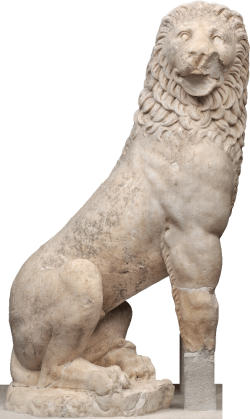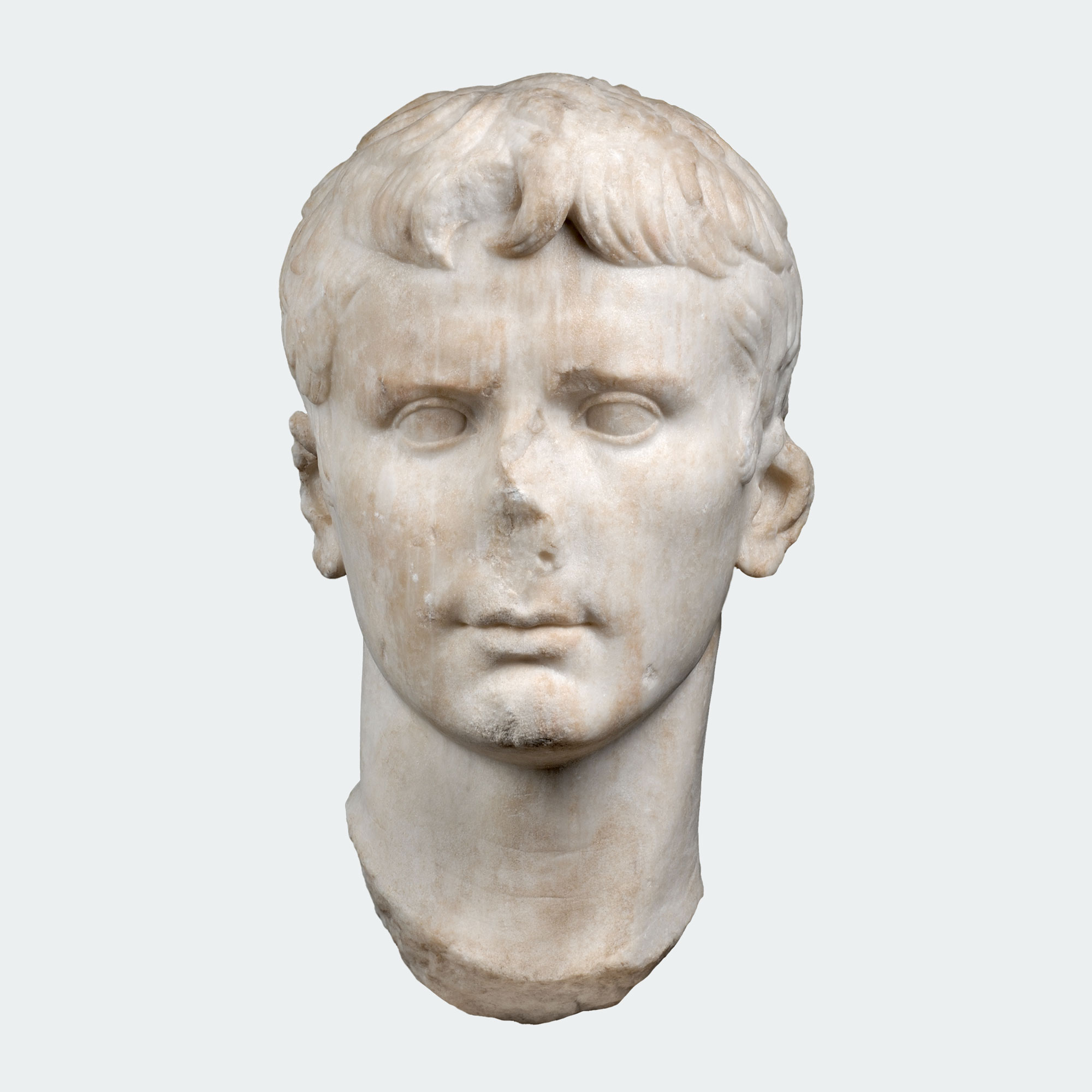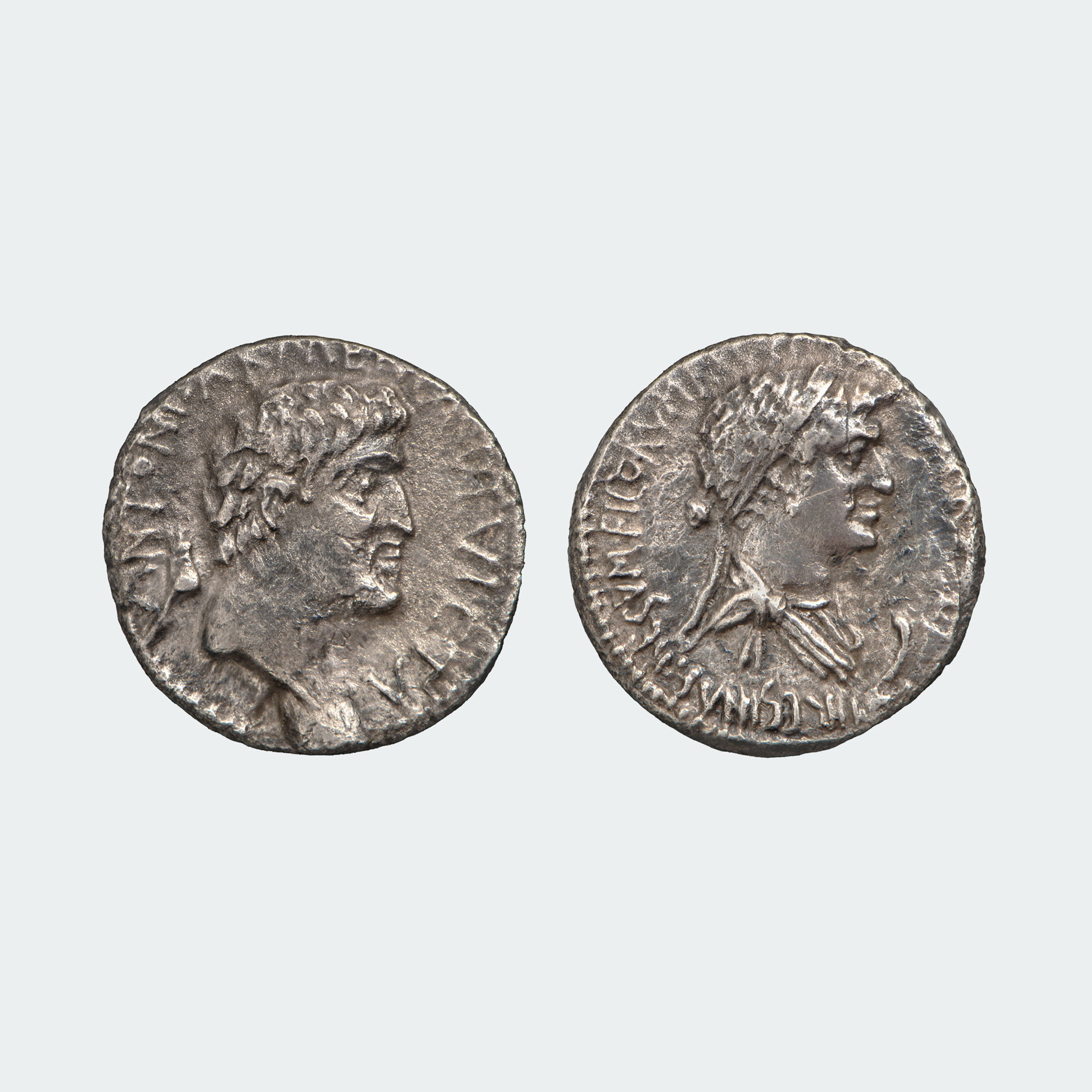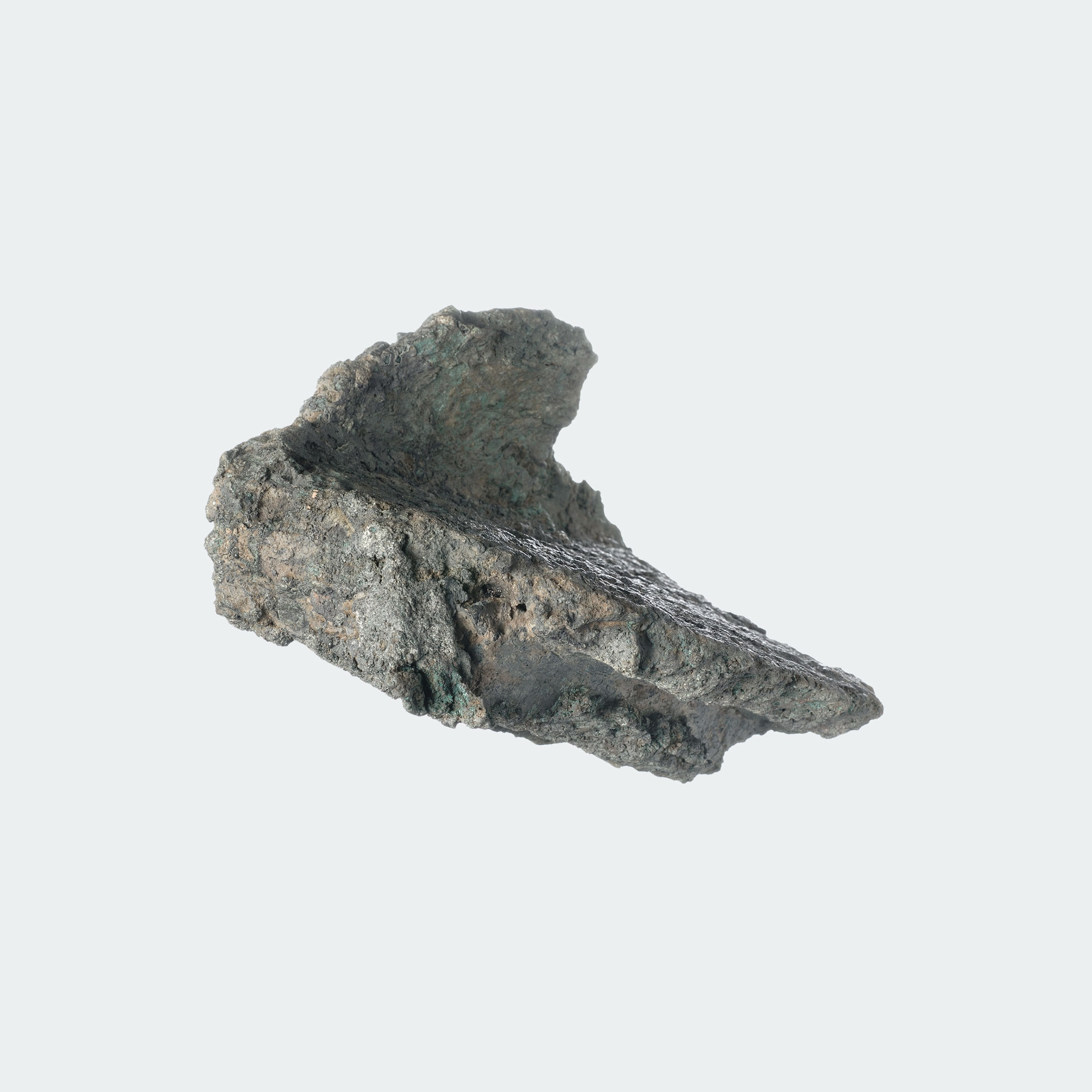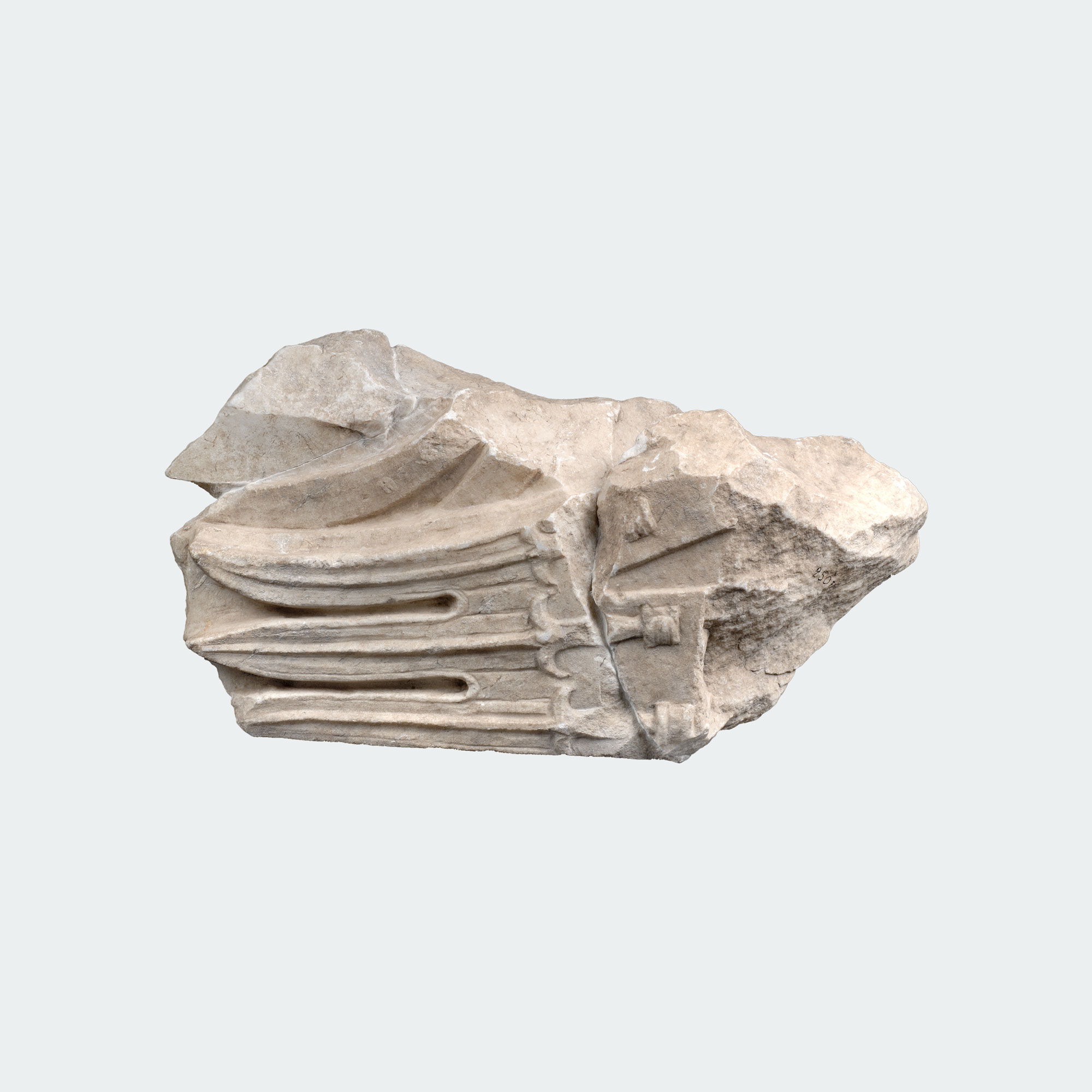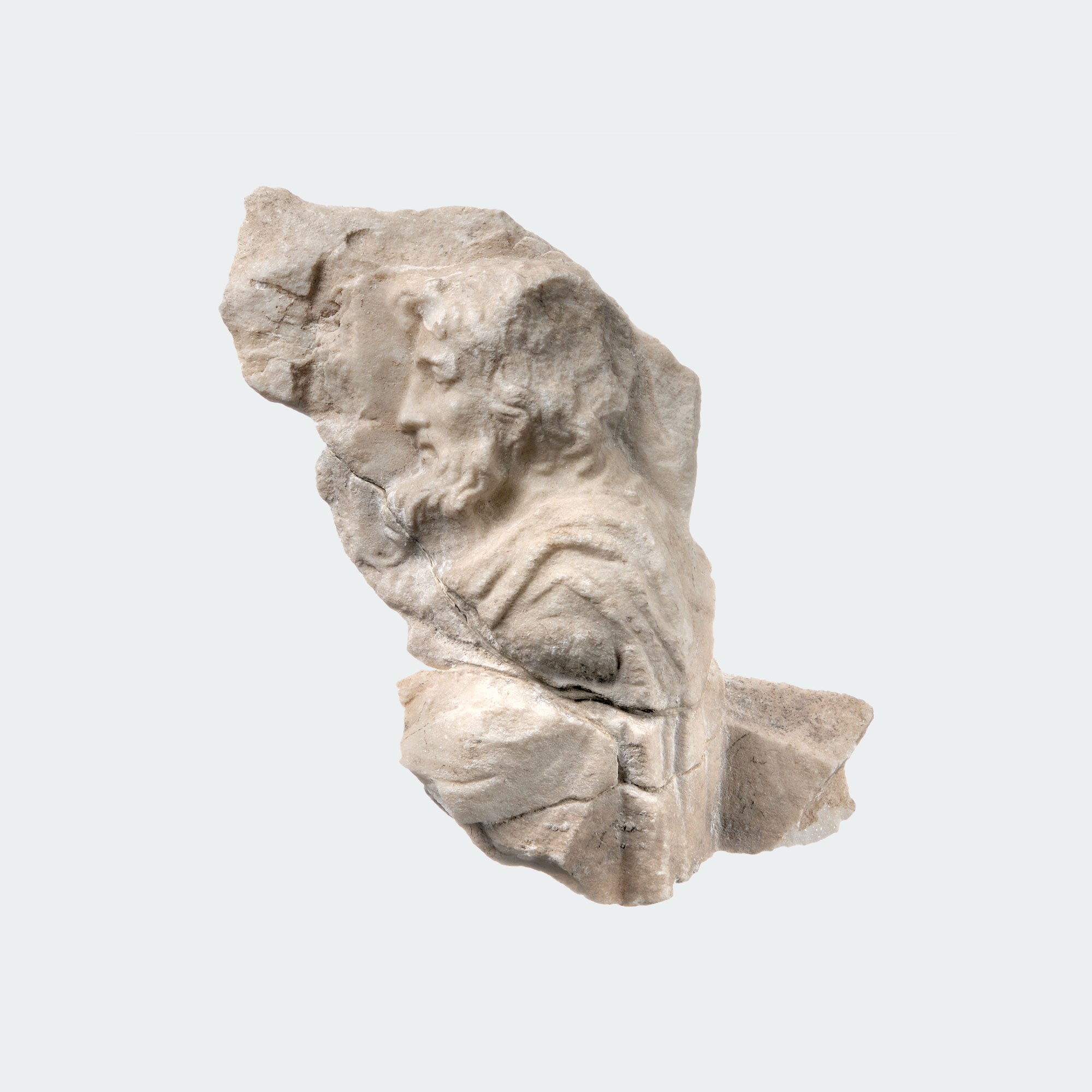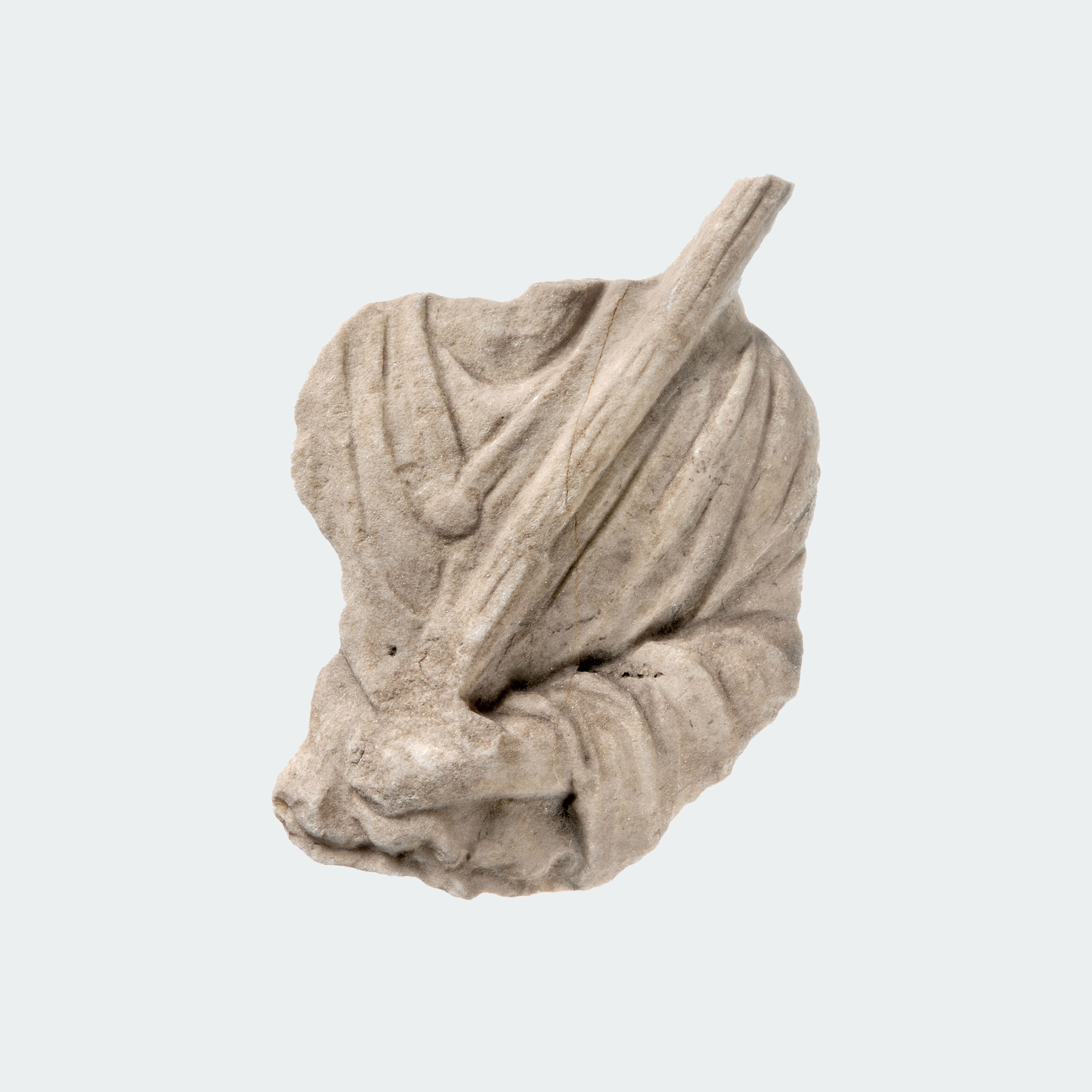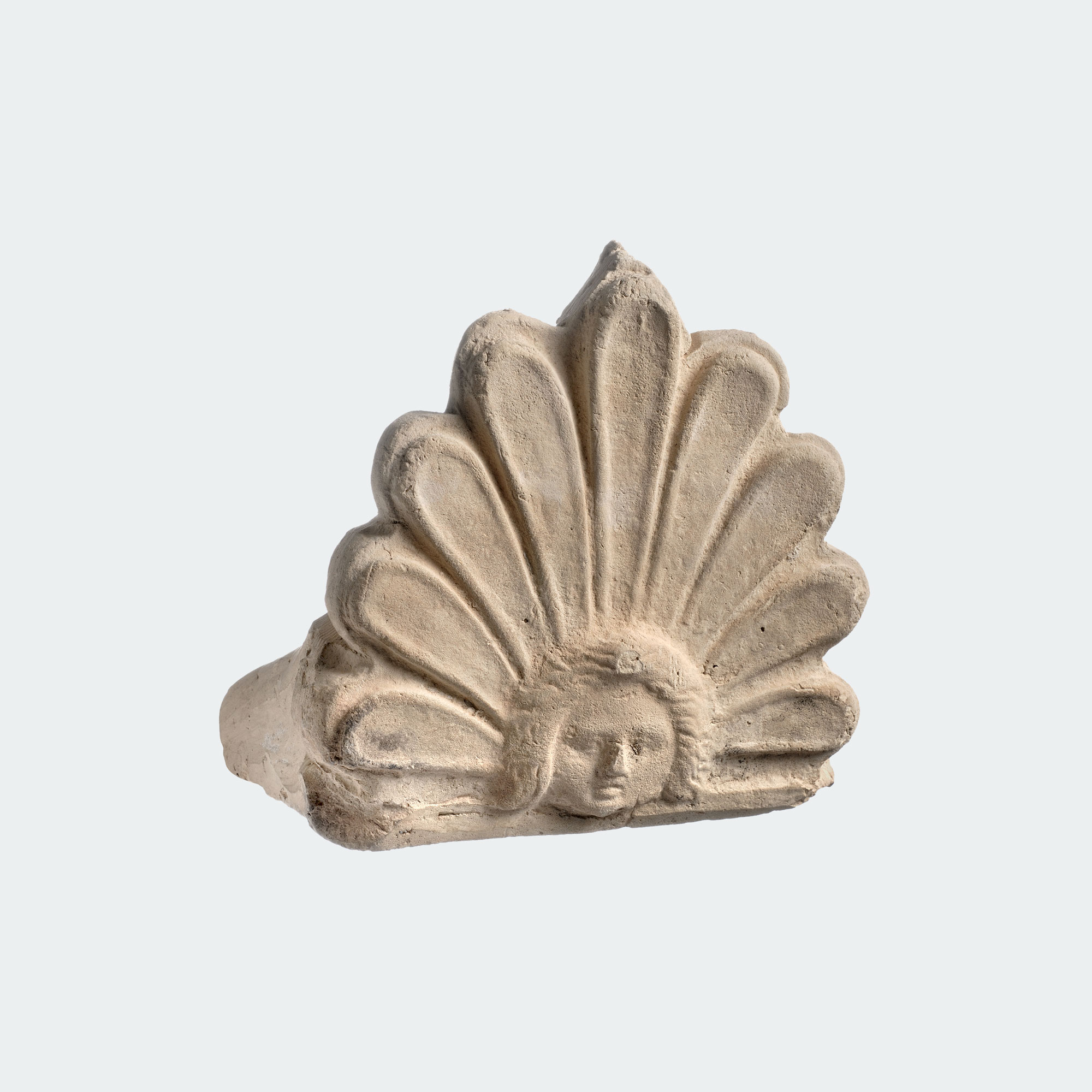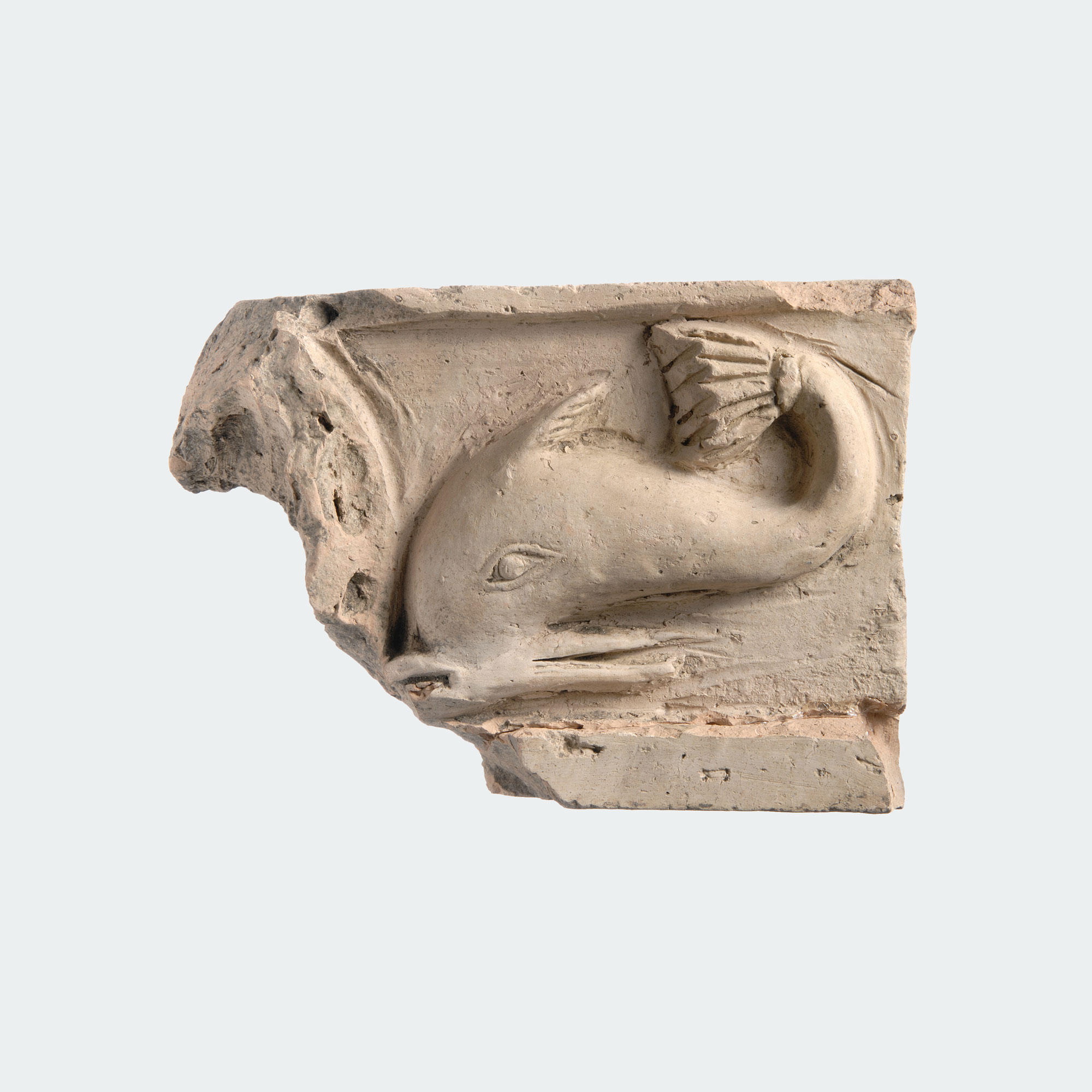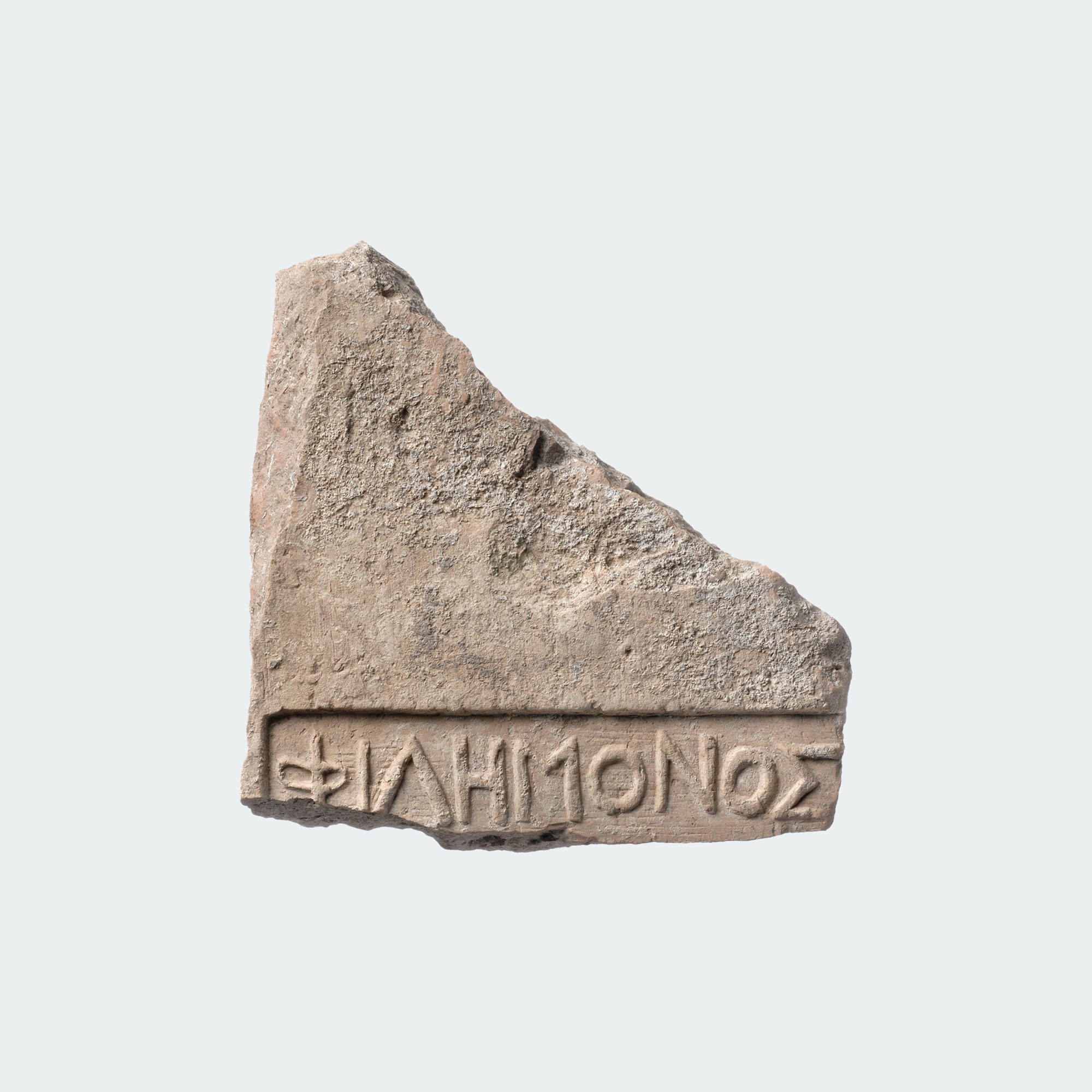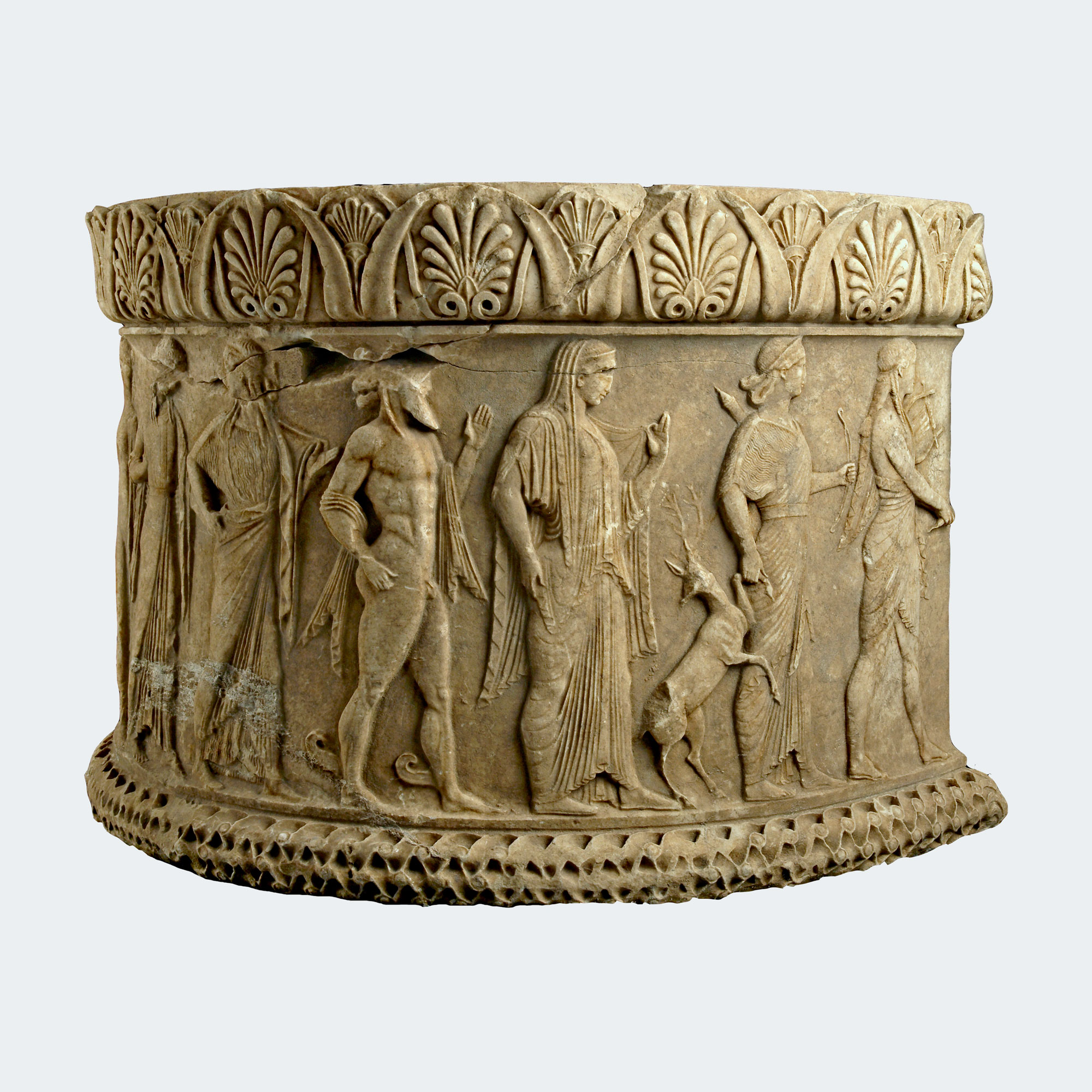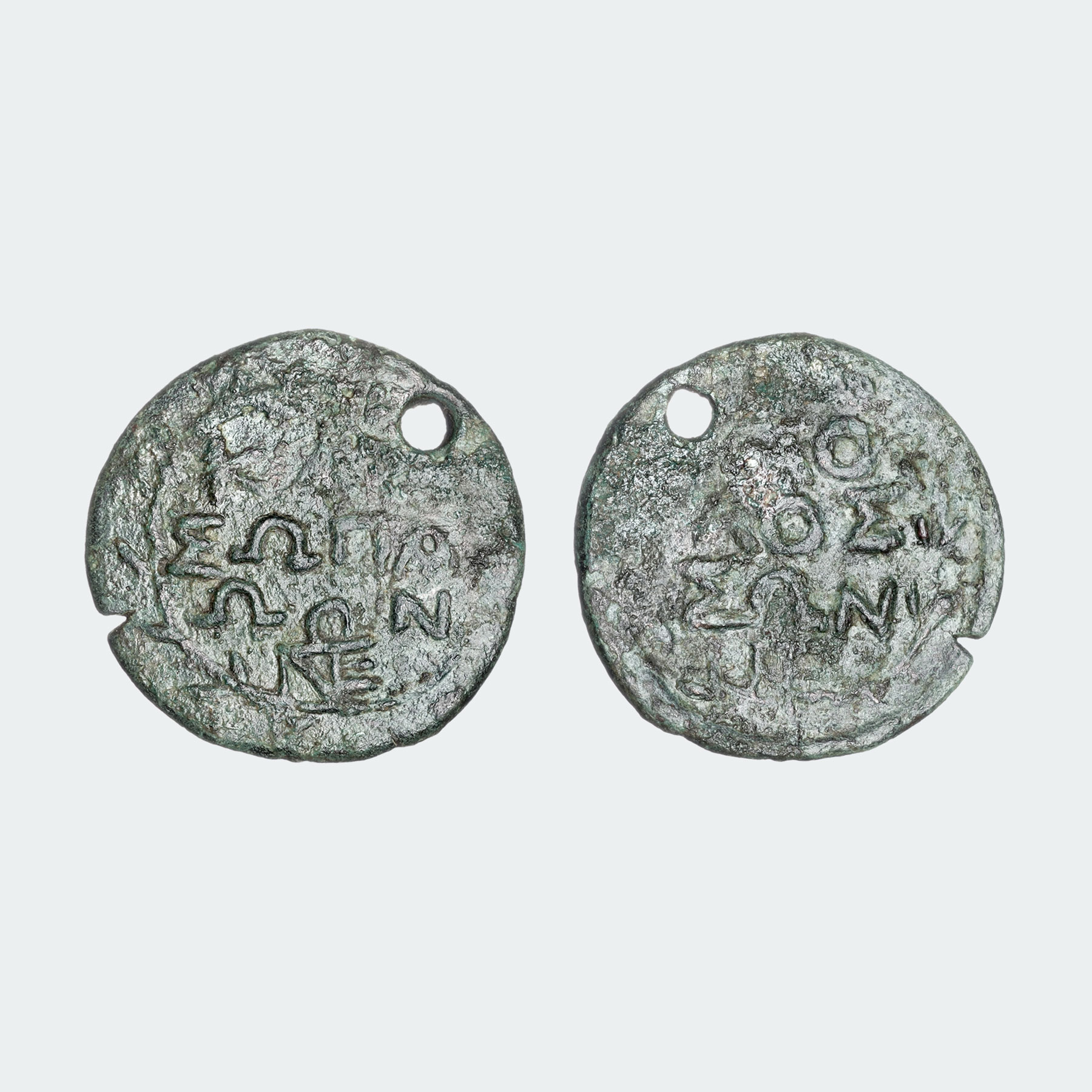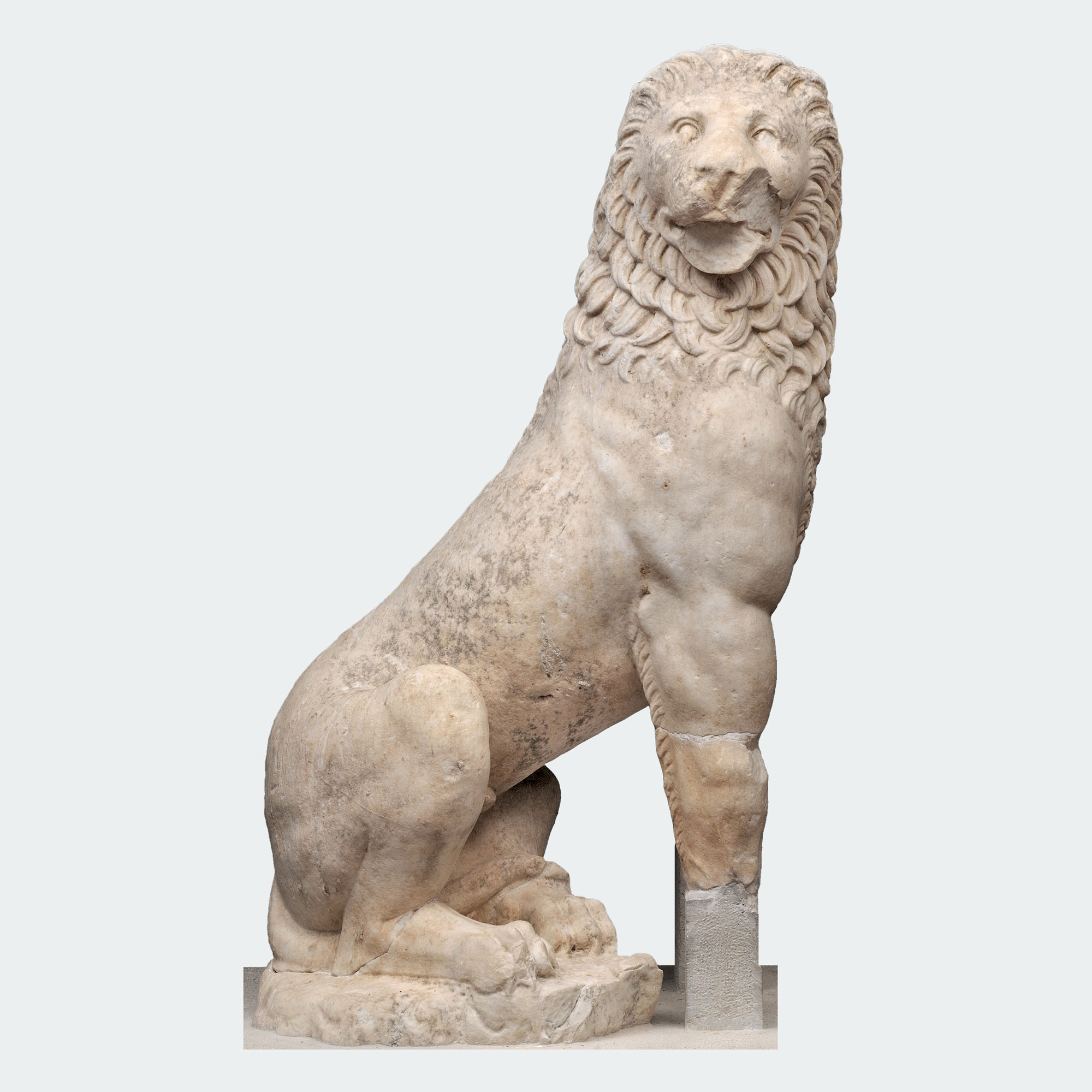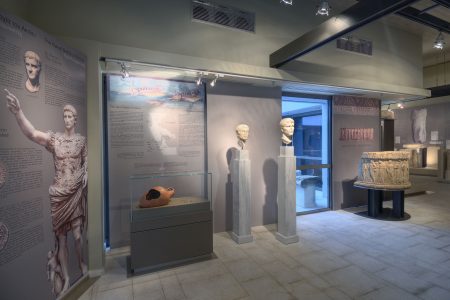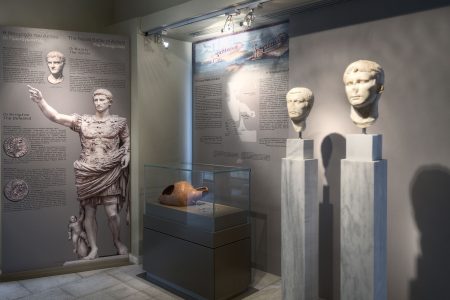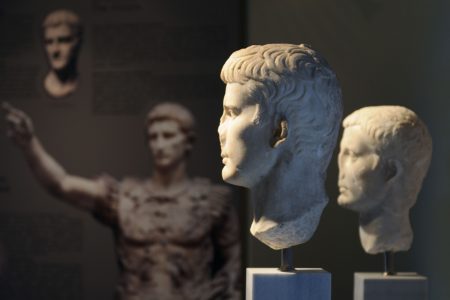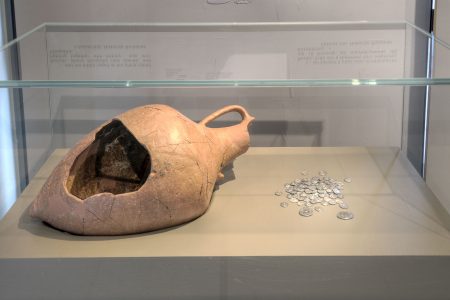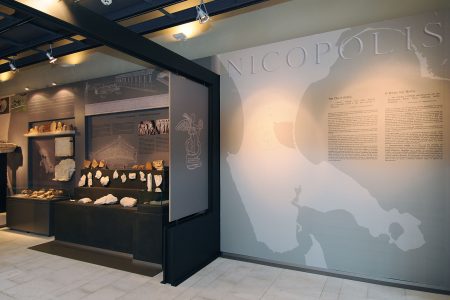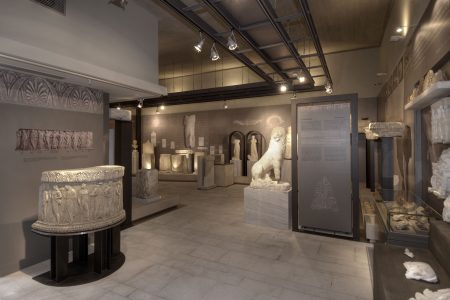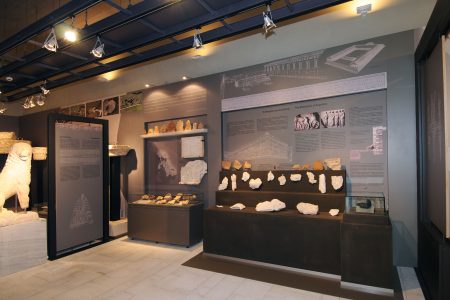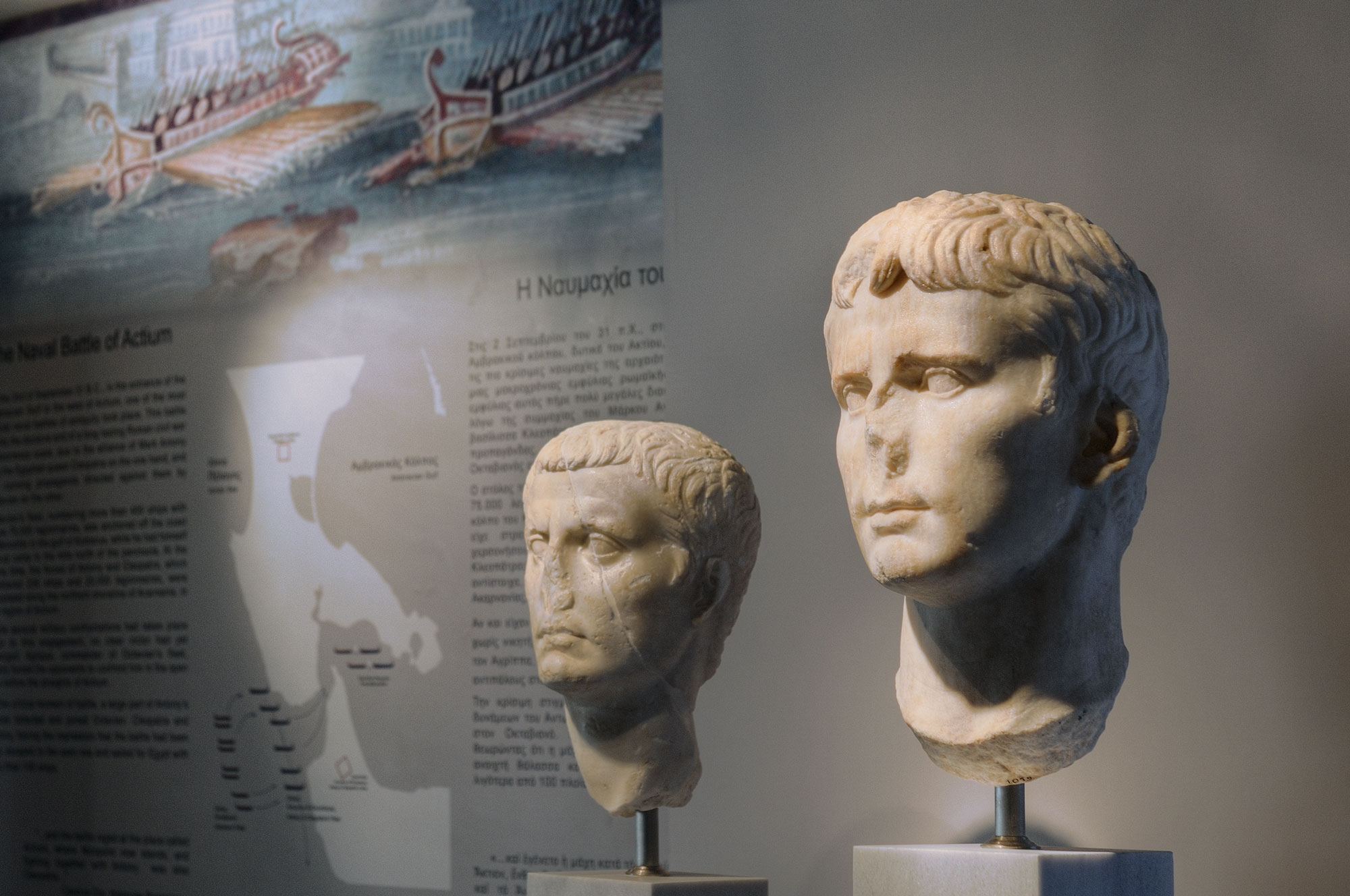
A City is Born
On September 2nd, 31 BC, near Actium at the entrance of the Ambracian Gulf, Octavian, with the assistance of his trusted General Agrippa, achieved a decisive victory over the naval forces commanded by his formidable rival, Mark Antony, and the last queen of the Ptolemaic Kingdom in Egypt, Cleopatra.
To immortalize his monumental triumph, Octavian founded a new city, Nicopolis.
This section offers an account of the conflict, its key figures, and its far-reaching consequences.
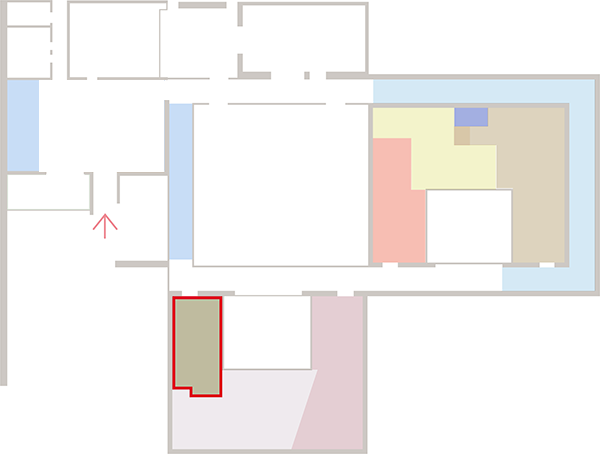

At the very location where he had established his headquarters prior to the naval battle, Octavian erected the Monument of Augustus between 29-27 BC. This outdoor sanctuary paid homage to his patron deities, namely Apollo, Ares, and Poseidon.
The section utilizes relief marble slabs sourced from the opulent decoration of the monumental altar within the sanctuary, along with clay architectural elements adorned with graphic representations of the monument. These aids serve to convey the original appearance of this grand structure.
The city was founded with the method known as “synoecism” i.e., the relocation of residents from cities in Epirus, Aetolia-Akarnania, and Lefkada. These inhabitants brought not only their personal belongings and family heirlooms but also the customs and religious practices of their places of origin.
This is corroborated by written sources and substantiated by artifacts from the section that predates Nicopolis’ foundation by centuries. Among these are written ordinances and grave markers from the 5th century BC, a lion-tomb monument adorned with intricate carvings, and marble artworks with reliefs of significant religious and artistic value dating back to Classical and Hellenistic eras.
